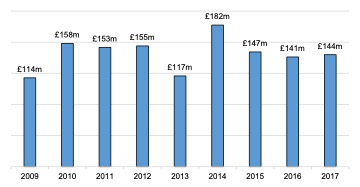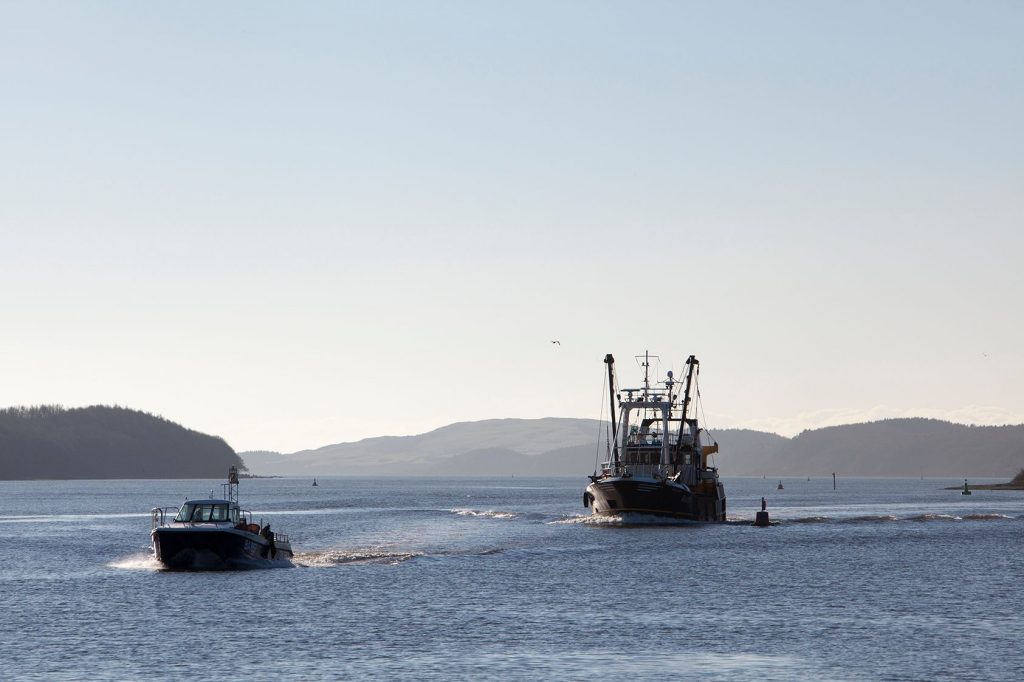Processing -fisheries and aquaculture
The key supply chain activity that supports the core marine sectors of fishing and aquaculture is considered as primary and secondary processing activities:
- primary processors are involved in the cutting, filleting, picking, peeling, shelling, washing, chilling, packing, freezing, heading and gutting of fish and shellfish.
- secondary processors are involved in brining, smoking, cooking, freezing, canning, deboning, breading, battering, vacuum and controlled packaging and the production of ready-to-eat meals.
Processing activities were traditionally located near coastal locations (to minimise the time and costs to transport the landings from the harbour/port) and are an important local employer, particularly in more rural locations.
As mentioned in the overview for the Productive chapter introduction of the Solway Review, this section is populated with data and information from the Socio-economic Assessment’s for the Scottish (SEASS), and English Solway (SEAES), which are two separate projects completed in 2020. Text below will be predominantly directly from the SEASS or SEAES Reports but is altered at times. These reports are available here. These socio-economic reports were needed in light of the changing face of socio-economic aspects impacting the Solway Firth, and also for the purpose of populating the productive section of the Solway Review. Text from the SEASS and SEAES reports is not referenced individually.
Image; Scallops and Starfish. © Solway Firth Partnership. Photographer; Colin Tennant

















